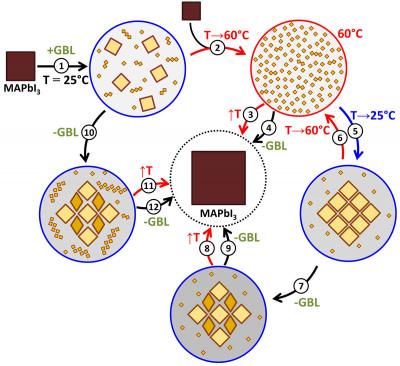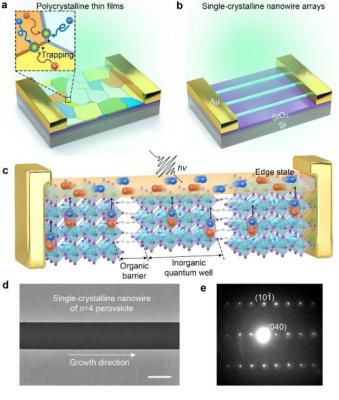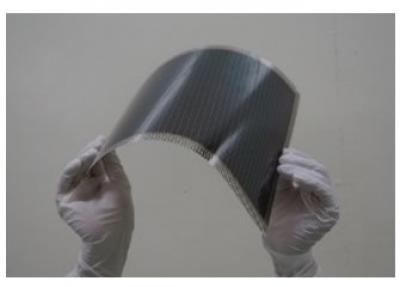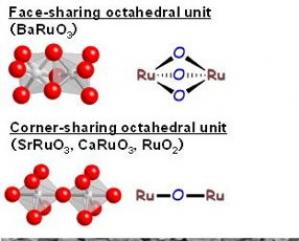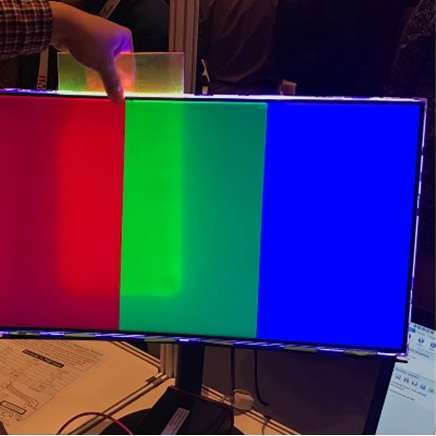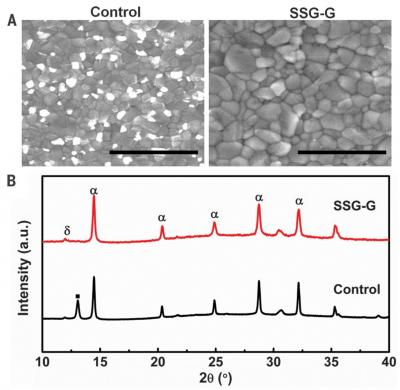University of Washington team boosts performance quality of perovskites
Researchers at the University of Washington report that a prototype perovskite thin-film has performed even better than today's best solar cell materials at emitting light. 'It may sound odd since solar cells absorb light and turn it into electricity, but the best solar cell materials are also great at emitting light,' said co-author and UW chemical engineering professor Hugh Hillhouse. 'In fact, typically the more efficiently they emit light, the more voltage they generate.'
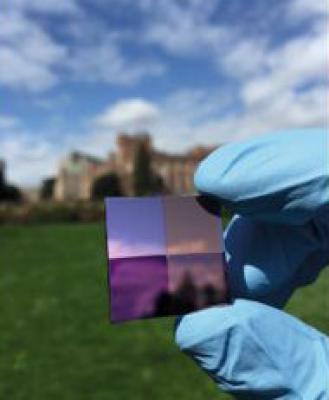 a back-reflector A back-reflector surface used to test perovskite performance. Each quadrant is a different surface material ' gold, titanium, palladium or a silica compound ' upon which the perovskite material would be deposited for experiments
a back-reflector A back-reflector surface used to test perovskite performance. Each quadrant is a different surface material ' gold, titanium, palladium or a silica compound ' upon which the perovskite material would be deposited for experiments
The UW team achieved a record performance using a lead-halide perovskite, by chemically treating it through a process known as 'surface passivation,' which treats imperfections and reduces the likelihood that the absorbed photons will end up wasted rather than converted to useful energy.
